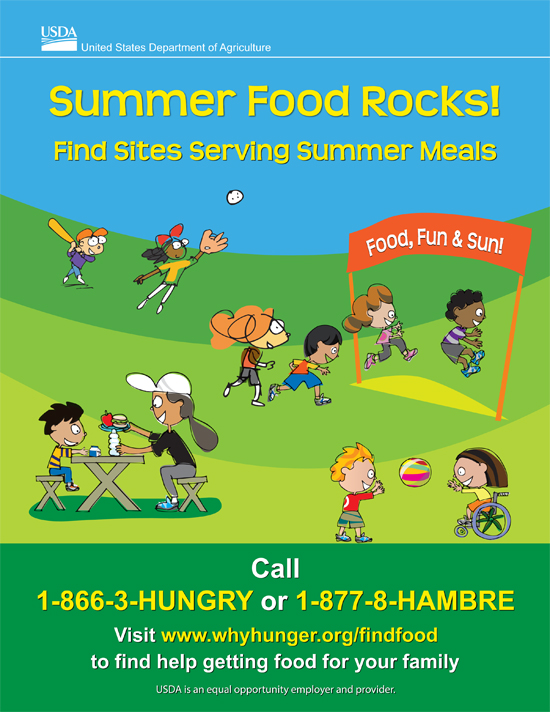Dale Carson, ICTMN
Five-year-olds who consume four or more sodas daily are more than twice as likely to attack others, fight with them or destroy their property, according to findings from a study by the Children’s Hospital Medical Center, published August 16 in the Journal of Pediatrics.
Many studies have confirmed a relationship between adolescents’ soft drink consumption and aggression, depression and suicidal thoughts; but this is the first time scientists have identified this association between soda and young children.
RELATED: Pop Goes the Waistline! A Daily Soda Puts Kids on the Obesity Train
Can Drinking Soda Give You Cancer?
And the New Mountain Dew Flavor Is … Diabetes?
Will Bloomberg’s Ban on Big Gulp Sodas in NYC Lower Obesity Rates?
USDA Study: Taxing or Increasing Cost of Sugary Beverages Can Lower Obesity Rates
We’re talking little kids here; scary!
The long-term effects of soda consumption manifest in adults, who suffer from diabetes, obesity, stroke, depression, tooth decay, and all kinds of ailments—also linked to poor diet and processed junk foods heavy in salt, preservatives and color additives. These types of foods provide little to no nutritional value. Processed foods and sugary drinks are making this country unhealthy.
It’s common knowledge that soda, diet soda, energy drinks and other “liquid refreshments” are chock-full of sugar, caffeine, and color additives. But what about juice?
I once gave my babies sweet, sugary apple juice in their bottles, thinking it was good for them. Apples are a fruit, aren’t they? Fruits are good for you, right?
Wrong. Not store-bought apple juice. It’s full of sugar, which causes tooth decay, especially on young pearly whites. We live and learn.
RELATED: Native Food: Crabapple Jelly With Sumac (Check out Dale’s homemade recipe for Apple Cider Vinegar!)
For years, I drank what I thought was a healthy tonic daily of V-8 vegetable juice, the juice of one-half lemon (way too much) and a couple of drops of Worchestershire sauce. My dentist said that probably accounted for the substantial loss of enamel on my teeth.
There just isn’t a drink much better for you than water. Good ‘ol water instead of soft drinks and other liquids.
One of the first things the New England settlers noted about the indigenous peoples of Turtle Island was that they typically drank water—cold or hot, and oftentimes flavored. The Ojibwa (Chippewa) of the western Great Lakes typically boiled their water with vegetables, twigs and leaves, explains Frances Densmore in her 1974 book How Indians Use Wild Plants for Food, Medicine and Crafts.
All Natives regularly drank broths and stocks. The Iroquois, for instance, would drink the water they used to boil cornbread, as well as the water they used to boil nuts when separating oil, writes Arthur C. Parker in his 1968 book Parker on the Iroquois.
Following in the footsteps of our ancestors, here are some tips to spice up your water and make it your go-to thirst quencher:
1. Fruit (or Herb) Water

Keep a large jar in the fridge filled with water and fruit for flavor. Try lemon, orange, watermelon, peaches, or even herbs. I like cucumber, fresh ginger and mint! The taste is subtle but refreshing, and a nice break from the ordinary.
The Iroquois regularly prepared blackberry-infused water, particularly in winter with dried blackberries. It was believed to frighten away the cold, Densmore writes in her book.
RELATED: The Original Finger Food (All about berries; includes the recipe for Dale’s mouth-watering Strawberry-Rhubarb Slump.)
Strawberry Fields Forever (Try Dale’s recipe for a strawberry summer salad.)
2. Tea
Try icing some juniper tea, green tea, sassafras tea or white pine bark tea for the kids. Sweeten with honey.
RELATED: It’s Time for Fall Foraging and Hunter’s Moon Tea (Includes Dale’s recipe for Hunter’s Moon Tea.)
A Traditional Story of Picking Strawberries, Redheads and Love (Includes Dale’s recipe for strawberry leaf tea.)
Summer’s Signature Scent (Includes a recipe for strawberry basil lemonade.)
3. Maple Water
For something sweet, make a refreshing drink with organic maple syrup. It is said that the original ice cream cone was simply maple syrup poured over snow that was stuffed into a birch bark cone.
RELATED: Harvesting Maple Sap Is Worth Tasting the Sweet Nectar (Check out Dale’s Maple Apple Pudding recipe!)
The Sticky, Sweet History of Making Maple Syrup (Includes Dale’s recipe for Maple Barbecue Sauce! Yum.)
Dale Carson, Abenaki, is the author of three books: New Native American Cooking, Native New England Cooking and A Dreamcatcher Book. She has written about and demonstrated Native cooking techniques for more than 30 years. Dale has four grown children and lives with her husband in Madison, Connecticut.
Read more at http://indiancountrytodaymedianetwork.com/2013/08/27/3-substitutes-soda-new-study-links-pop-aggression-kids-151044



